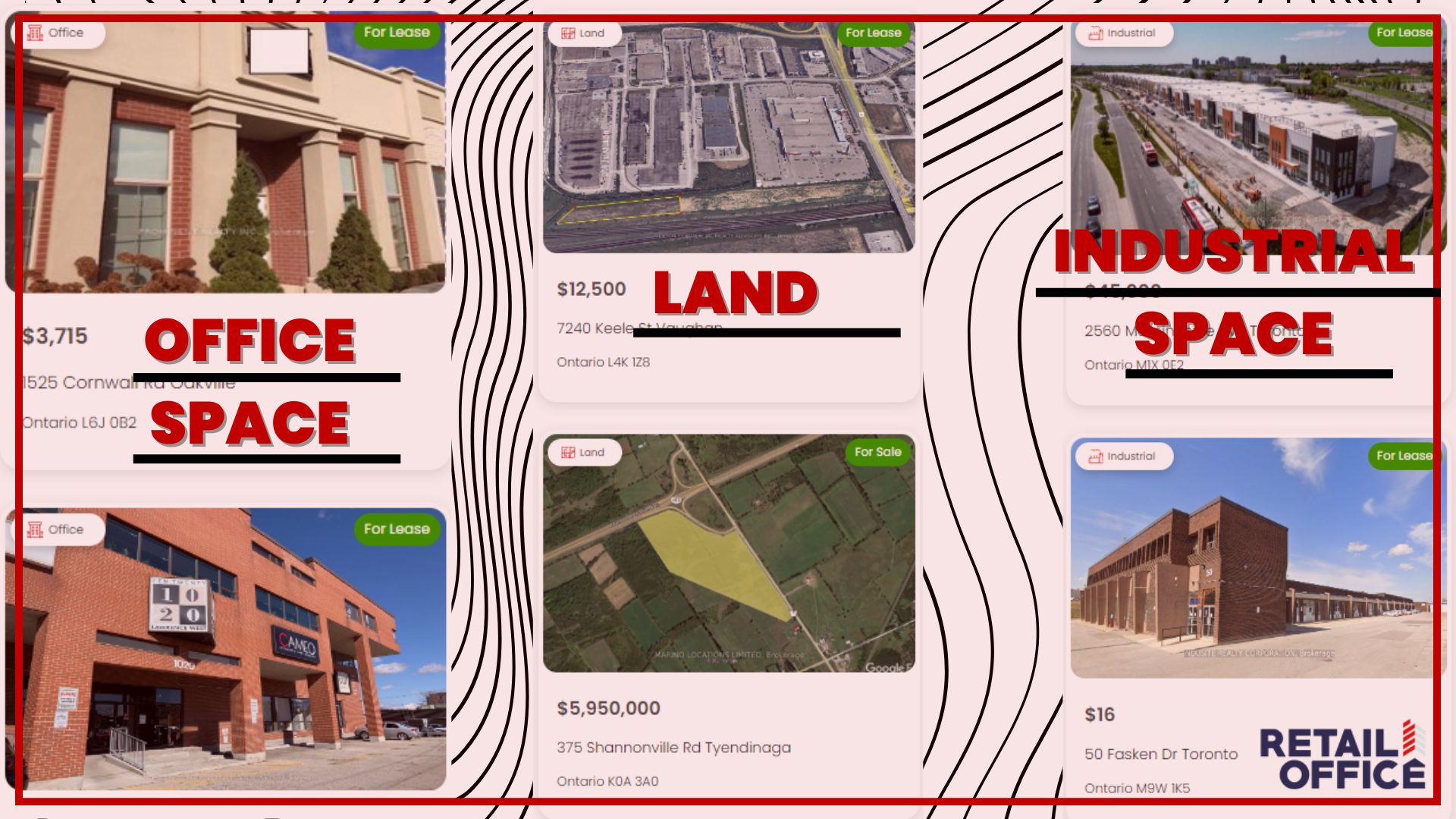In today’s fast-paced and interconnected world, the retail landscape is undergoing a profound transformation, driven by technological advancements. This metamorphosis has revolutionized the way consumers shop and interact with brands, presenting both challenges and opportunities for retailers. Embracing technology has become a fundamental necessity for success in the digital age, allowing businesses to adapt to evolving consumer behavior and stay competitive in a rapidly changing market.
Embracing the Retail Revolution
The Evolution of the Retail Industry: Technological advancements have been instrumental in reshaping the retail sector, driving a shift from traditional brick-and-mortar stores to digital platforms. This transformation has significantly altered consumer behavior, expectations, and the way businesses operate.
Impact of Technology on Consumer Behavior: The proliferation of technology has empowered consumers, offering convenience, personalization, and seamless experiences. It has influenced shopping habits, leading to increased expectations for immediacy, personalization, and accessibility.
The Significance of Adapting to Technological Change: In an increasingly competitive landscape, the urgency for retailers to embrace digital transformation is paramount. Those who fail to adapt risk falling behind, while those who innovate thrive in meeting customer demands and staying ahead of the curve.
Technology’s Transformative Power in Retail
The Rise of E-commerce: The exponential growth of online shopping has disrupted traditional retail models, prompting businesses to establish a strong online presence and rethink their strategies to compete effectively.
The Emergence of Omnichannel Retail: The integration of online and offline channels has become imperative to provide a unified shopping experience, enabling customers to seamlessly transition between various touchpoints.
The Role of Artificial Intelligence (AI): AI’s applications in retail span from personalized recommendations and predictive analytics to enhancing customer service, revolutionizing how retailers engage with consumers.
Data-Driven Retail: Power of Information
Leveraging Customer Data: Collecting and analyzing customer data provides invaluable insights into preferences, behaviors, and buying patterns, allowing retailers to tailor offerings and marketing strategies.
Data-Driven Decision-Making: Strategic decisions informed by data analytics across the retail spectrum can drive business growth, improve operations, and refine marketing strategies.
Addressing Data Privacy and Security: With great access to customer data comes the responsibility to safeguard it. Implementing robust data governance practices is crucial to earning and maintaining consumer trust.
Technological Innovations Enhancing the Retail Revolution
Augmented Reality (AR) and Virtual Reality (VR): These technologies offer immersive and interactive experiences, allowing customers to visualize products and engage with brands in innovative ways.
Mobile Technology and M-commerce: Smartphones and mobile apps play an increasingly pivotal role in shopping, enabling convenience, personalization, and instant access to products and services.
In-Store Technology: Digital signage, self-checkout kiosks, and personalized recommendations elevate the in-store experience, blending technology seamlessly into physical retail spaces.
Case Studies: Retailers Thriving in the Digital Age
Amazon: As a pioneer in e-commerce and omnichannel retail, Amazon’s success lies in its customer-centric approach and technological innovations.
Nike: Leveraging technology for personalized experiences, Nike utilizes data and innovation to engage consumers at a deeper level.
Sephora: Embracing AR and VR, Sephora has revolutionized the beauty retail industry by offering immersive experiences and personalized services.
Starbucks: Utilizing mobile technology, Starbucks enhances customer engagement through its app, loyalty programme, and convenience-driven features.
Strategies Variation in Changing Retail Landscape
Embracing a Digital-First Mindset: Prioritizing digital transformation across all aspects of the business fosters agility and responsiveness to changing consumer demands.
Investing in Technology Infrastructure: Building a robust technological foundation supports innovative initiatives and ensures scalability.
Fostering a Culture of Innovation: Encouraging creativity and experimentation within the workforce enables continuous adaptation and improvement.
Upskilling and Reskilling Employees: Equipping employees with digital skills is crucial for them to thrive in a technology-driven retail environment.
Challenges and Opportunities in the Digital Retail Space
Navigating Technological Changes: Staying updated with emerging trends is critical for retailers to remain competitive and relevant in an ever-evolving market.
Data Privacy and Security: Ensuring stringent measures to protect customer data and complying with evolving regulations are essential for maintaining trust.
Addressing Cybersecurity Threats: Safeguarding against cyber threats and data breaches is an ongoing challenge that requires proactive measures.
Bridging the Digital Divide: Addressing disparities in access to technology is vital to ensure inclusivity in the digital retail landscape.
Looking Ahead: The Future of Retail Revolution
The Rise of Voice Commerce: Voice-based technologies are poised to reshape shopping experiences, offering convenient and conversational interfaces for consumers.
AI and Machine Learning Integration: These technologies will continue to drive personalization, automation, and predictive analytics, enabling retailers to offer more tailored experiences.
The Growth of Social Commerce: Social media platforms are becoming powerful shopping destinations, blurring the lines between social interaction and purchasing.
The Importance of Sustainability: Embracing eco-friendly practices and sustainable supply chains will play an increasingly significant role in shaping consumer preferences.
Frequently Asked Questions (FAQs)
Q 1. What are the key technological trends shaping the future of retail?
A 1. Key Technological Trends: AI, AR/VR, omnichannel integration, and voice commerce are key trends shaping the future of retail.
Q 2. How can retailers successfully implement digital transformation?
A 2. Implementing Digital Transformation: Successful implementation involves a holistic approach, prioritizing customer experience, and fostering a culture of innovation.
Q 3. What are the challenges and opportunities associated with technology in retail?
A 3. Challenges and Opportunities: Challenges include data security and keeping pace with technology, while opportunities lie in personalized experiences and improved efficiency.
Q 4. What are some examples of retailers effectively using technology to enhance the customer experience?
A 4. Retailers Using Technology: Amazon, Nike, Sephora, and Starbucks are exemplary in leveraging technology to enhance customer experiences.
Q 5. What are the essential steps for retailers to prepare for the future of retail?
A 5. Essential Steps for Retailers: Prioritize digital innovation, invest in infrastructure, foster innovation, and upskill employees for future readiness.
In conclusion, the retail revolution propelled by technology offers boundless opportunities for those willing to adapt and innovate. By embracing technological advancements, prioritizing customer-centric strategies, and fostering a culture of innovation, retailers can navigate the dynamic digital landscape, ensuring their relevance and success in the evolving market.
